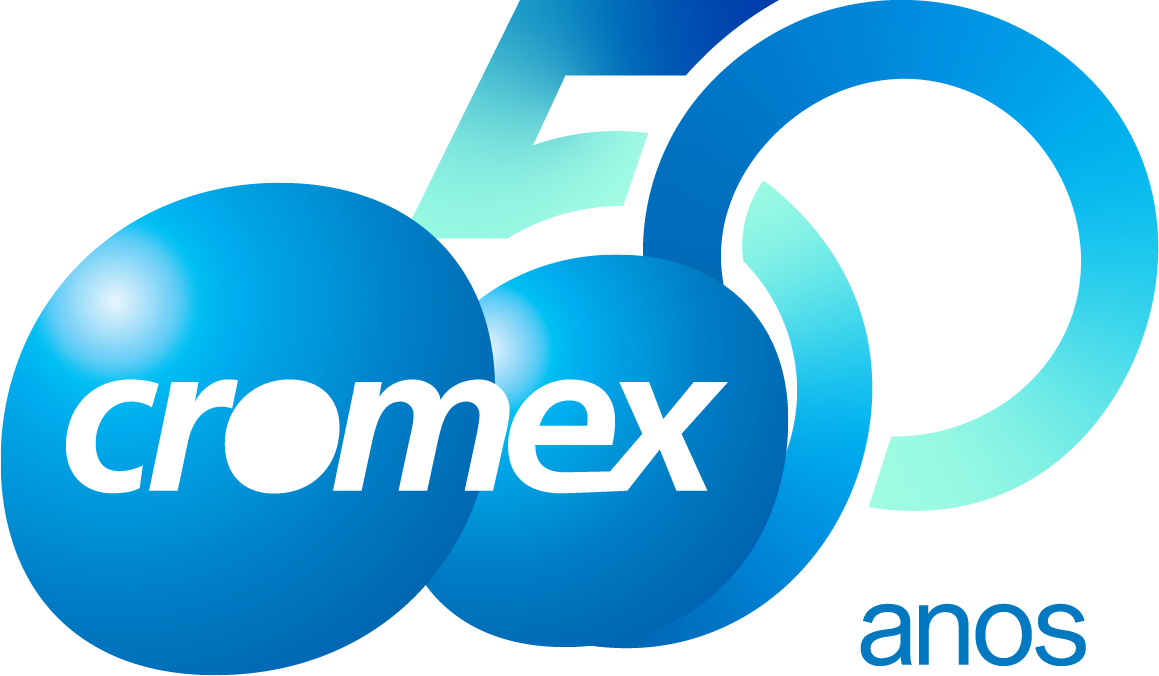Orchestrating ecosystems: Why should your company think about it?
explore our articles
From May 26 to June 3, Think Plastic Brazil, a portfolio of solutions for the plastic-converted products sector in the
Member of Think Plastic Brazil, a portfolio of solutions for the plastic-converted products sector in the internationalization process for target
As part of the projects developed during the IV World Plastic Connection Summit®, the Buyers Project International Show is an



